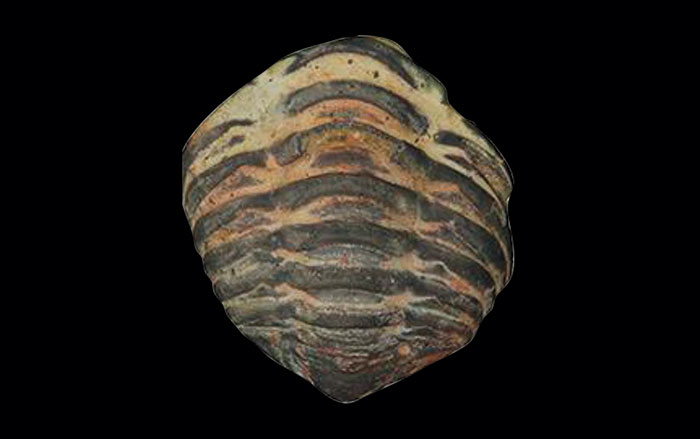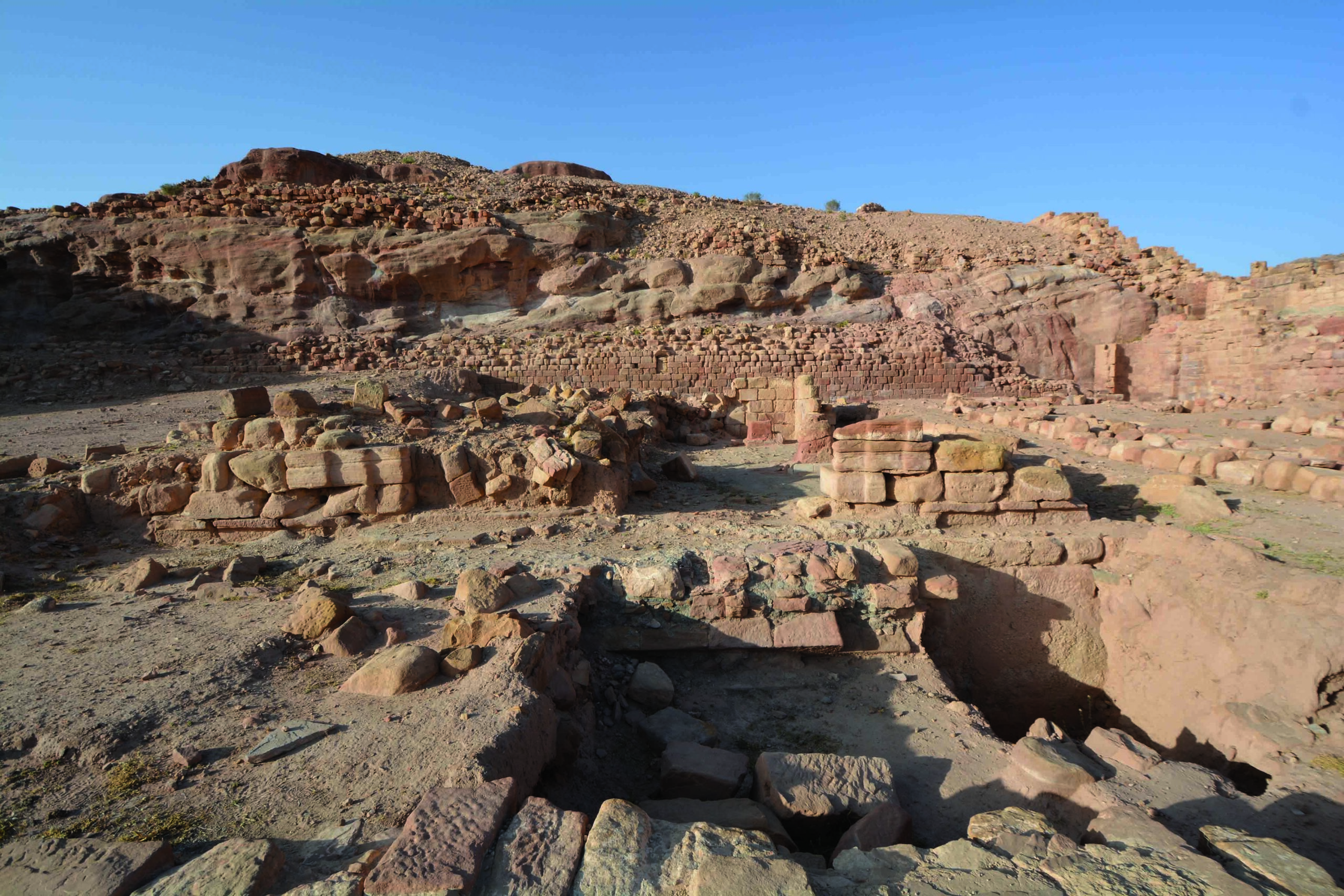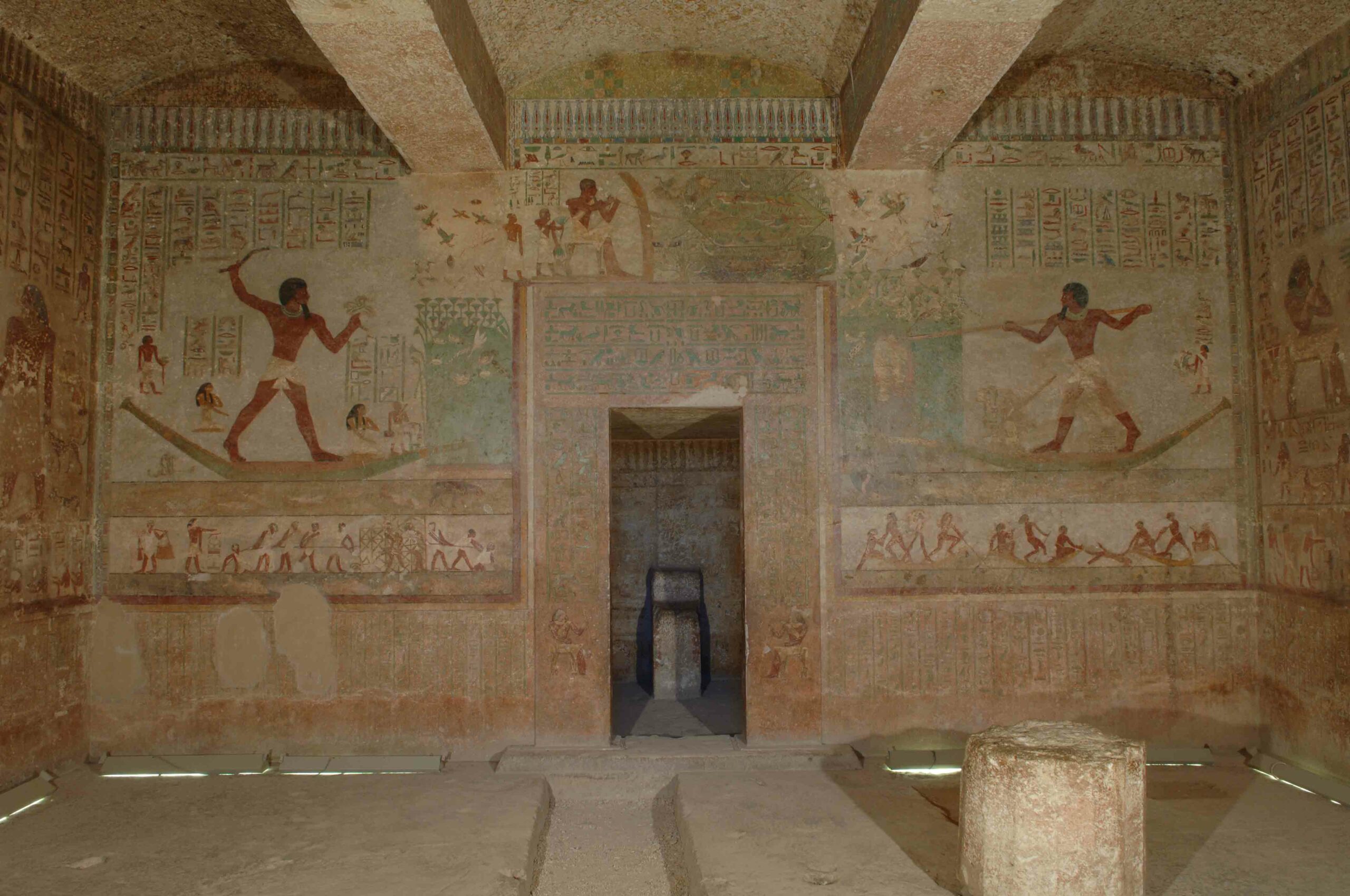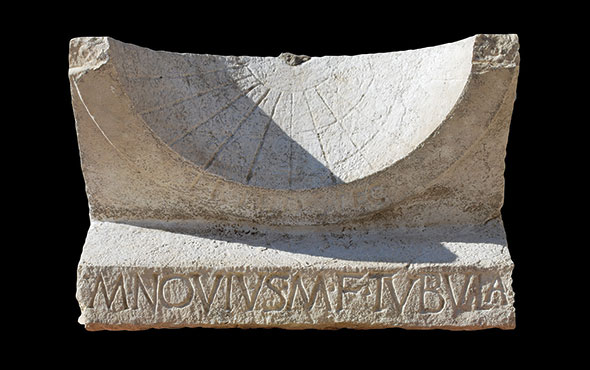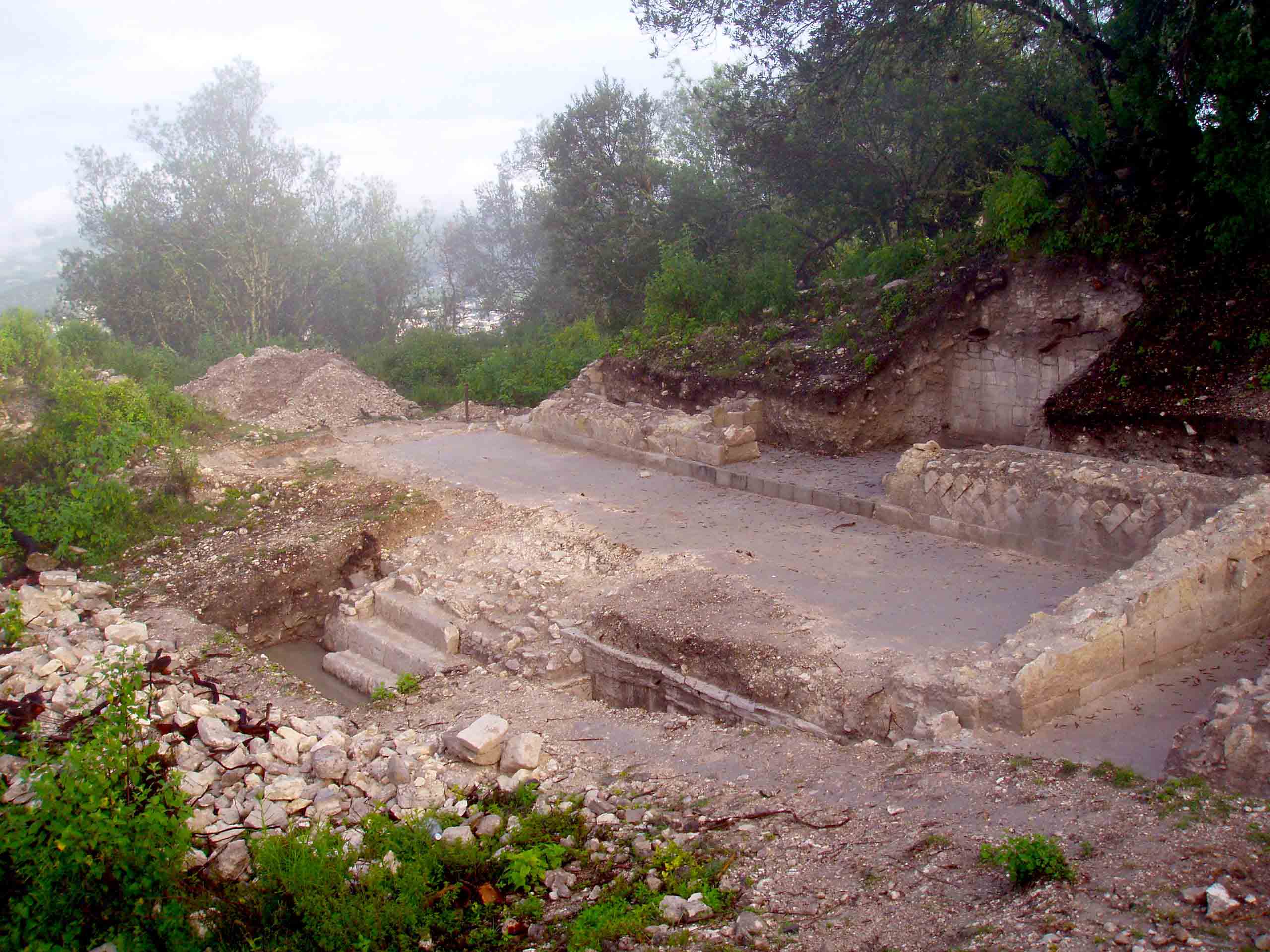
YORK, ENGLAND—A study of DNA and collagen obtained from whale bones led by Ana Rodrigues of the French National Center for Scientific Research and Camilla Speller of the University of York suggests the Romans may have hunted whales on an industrial scale, according to a BBC News report. The bones were recovered from four archaeological sites around the Strait of Gibraltar and one on the coast of northwest Spain, several of which have been linked to Roman fish-salting and the making of Roman fish sauce. Three of the bones were identified as the bones of grey whales, which disappeared from the North Atlantic in the eighteenth century A.D. and are now only found in the northern Pacific Ocean. As many as three of the bones in the study were identified as North Atlantic right whale bones. Right whales used to breed off the northern coast of Spain, but are now only found in the Western North Atlantic. The study suggests these slower-moving whales may have once traveled the Mediterranean Sea as well, where they would have been easily accessible to the fishermen of the Roman Empire. For more on Roman activity in Spain, go to “Spain’s Silver Boom.”


